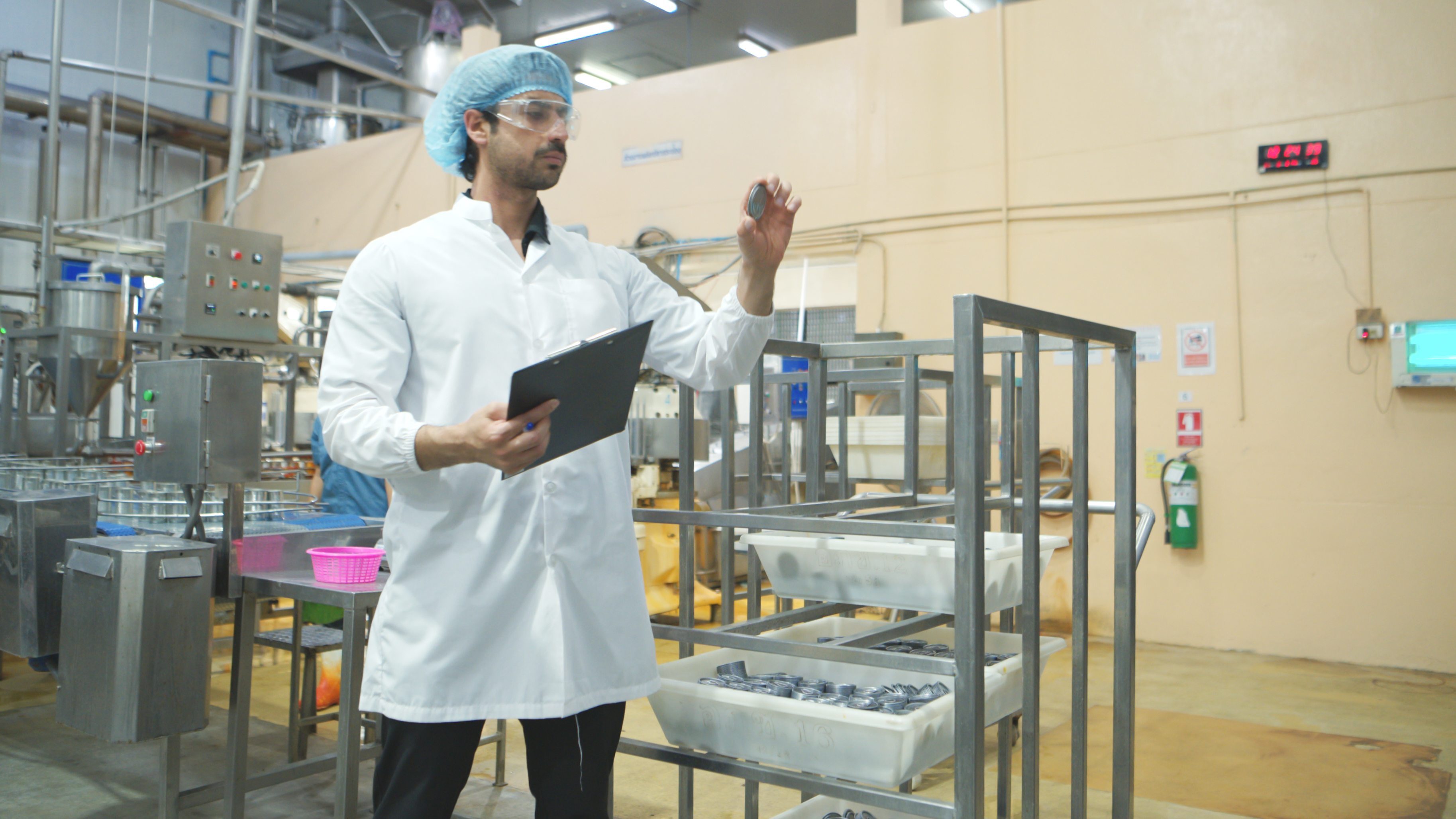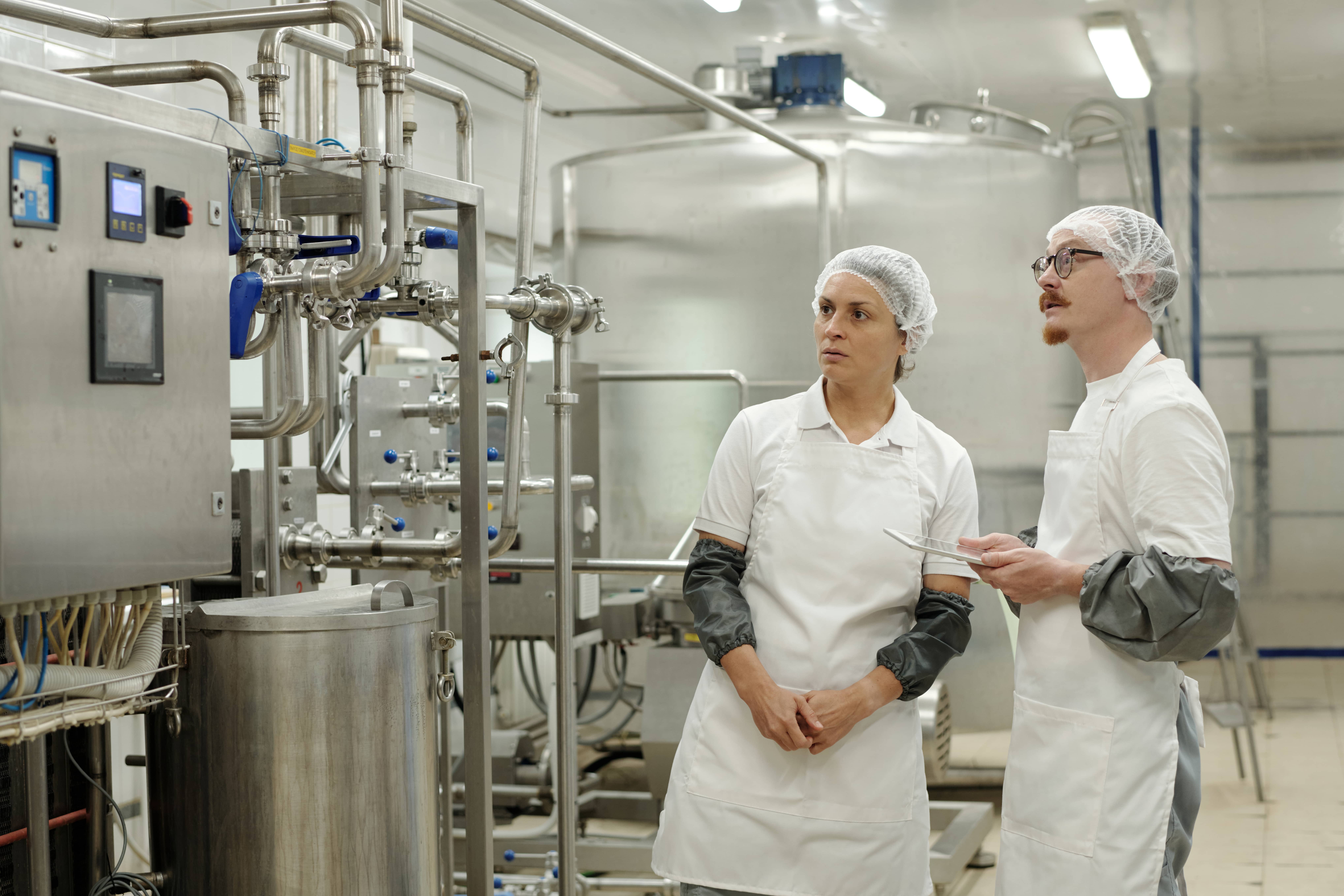Last Updated on April 11, 2025 by Admin
India has become a significant milk producer and exporter. Since the sector continually generates milk products, supply chain management in the dairy industry is essential to ensure fresh and safe product delivery. Perishable items like butter, cheese, yoghurt, and milk can be easily affected by bacterial contamination if not stored in cool rooms and supplied continuously. Let’s examine these elements and how they affect India’s dairy industry.
Table of contents
Need of Cold Storage
Dairy products are quite sensitive to changes in temperature, hence the need for cold storage (owing to how rapidly they spoil). Poor storage of dairy food becomes a national risk, all for the speed at which it goes off, causing illness and large financial losses for countless producers. During cold storage, the dairy products are refrigerated at a controlled temperature to keep them fresh and prolong their shelf life.
- Preservation of nutrition: When dairy items are stored correctly in the refrigeration device, they preserve their nutrients, halt microorganism growth, and prevent spoilage.
- Reduced Spoilage: Efficient cold storage results in lower spoilage rates and less wastage in the supply chain.
- Consumer Safety: Dairy products stored in a cool environment decrease the risk of contamination, which is necessary to protect consumer safety.
Role of Supply Chain Management in Dairy Industry
The various stages of the dairy products supply chain start from milking a cow to delivering finished goods to stores. The dairy industry can only thrive with an effective dairy product supply chain coordinating all the steps to ensure products arrive at their destination fresh and safe. The supply chain for dairy products is divided into the following steps:
- Collection of milk: purchase from farmers by groups or private companies.
- Milk Processing: Milk collected will be reconverted to butter, cheese, yoghurt, etc.
- Store Well: Some of these meats are retained in cold storage rooms to maintain their freshness after packaging.
- Distribution: Then, the goods are delivered to the retailers or wholesalers.
Finally, in the case of dairy products, ready-to-eat goods are sold through stores. Each of these steps needs to be very well thought out and streamlined so that the goods are fresh when the foods arrive. Of course, fresh products deteriorate most easily during transport and storage and thus require special consideration in cold storage.
What Are the Challenges of Dairy Supply Chain?
Inadequate refrigerated storage facilities and inefficient logistics are frequently the sources of dairy supply chain issues in India. Even though the country has made unprecedented leapfrogging in the supply chain management improvements made to the dairy industry, the myriad challenges of the dairy supply chain still persist here.
- Lack of Infrastructure: A significant issue affecting the dairy supply chain is the need for cold storage spaces in town. Although such facilities can be easily found, they are still very hard to come by in rural areas where they are needed. Dairy farmers are often located in remote areas where refrigerated storage is not widely available, increasing spoilage rates.
- Challenges in Transportation: Temperature-controlled vehicles are required to transport dairy products, but such vehicles are only sometimes available. Delays caused by inadequate transportation infrastructure can eventually make the products delivered inebriated.
- Lack of Training: When milk production and supply chain employees are not trained, or made aware of handling and storing dairy products, a dairy training course could help them acquire the knowledge and skills to reduce input wastage, thereby improving efficiency.
- Seasonal Demand: The demand for dairy products changes according to the season, mainly due to festivals and other reasons. However, ensuring that the supply chain can meet this demand despite its fluctuations is very difficult, often leading to either a surfeit of stock (thus wasted) or too few goods on shelves.
Read Also:- Common Methods of Food Preservation
How to Resolve the Dairy Supply Chain Issues?
Following are some ways to make cold storage and supply chain work more efficiently.
- Buying Cold Storage Facilities: Increase the number of cold storage facilities in rural and urban areas to avoid wastage and ensure proper storage conditions, which can make dairy items last longer.
- Networks of Distribution: With advanced shipping and temperature controls in shipping crates, better roads will ensure dairy products reach their users fresh.
- Training Programs for Farmers: A dairy training course may help farmers and food supply chain staff understand proper maintenance, storage, and transport practices.
Also, integrating technology like IoT-based sensors in cold storage with GPS tracking on transportation modalities would help monitor temperature to ensure products are stored and transported in the right conditions.
Dairy Industry and Effective Supply Chain
A well-managed supply chain for dairy products reduces wastage and overdue stocks and offers additional benefits to the dairy industries in India.
-
- Increased Profitability: Dairy producers can improve the efficiency of the supply chain by reducing wastage, boosting their profitability significantly.
- Increased Consumer Satisfaction: Fresh and high-quality dairy products can greatly impact consumer satisfaction, increasing product demand and establishing trust within the brand.
- Environment-friendly: The dairy industry contributes to a significant portion of the waste generated by food wastage. This can be minimized by using proper cold chain and supply chain for dairy products.
Read Also:- The Art of Food Processing and Preservation: Importance & Method
Conclusion
Good training is key to fully utilizing supply chain management in the dairy industry. A dairy training course can be comprehensive and bring together farmers, supply chain personnel, and industry experts to ensure that all realize the importance of the components in the dairy products supply chain. As this training is focused on industry needs, the workforce is better trained to meet the expanding requirements of the dairy industry supply chain, resulting in enhanced efficiency, profitability and sustainability.













